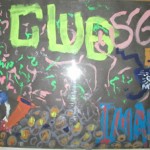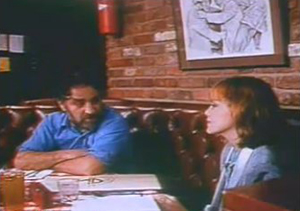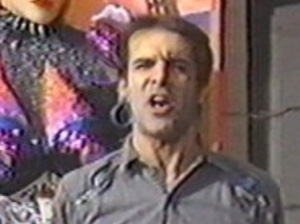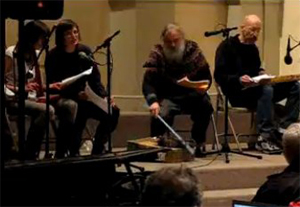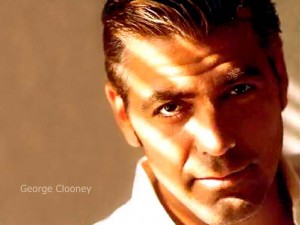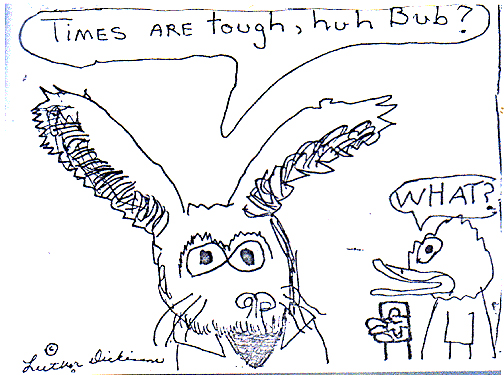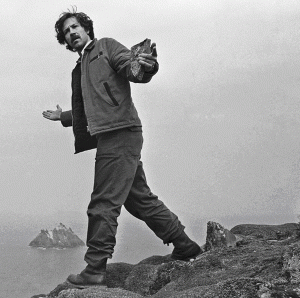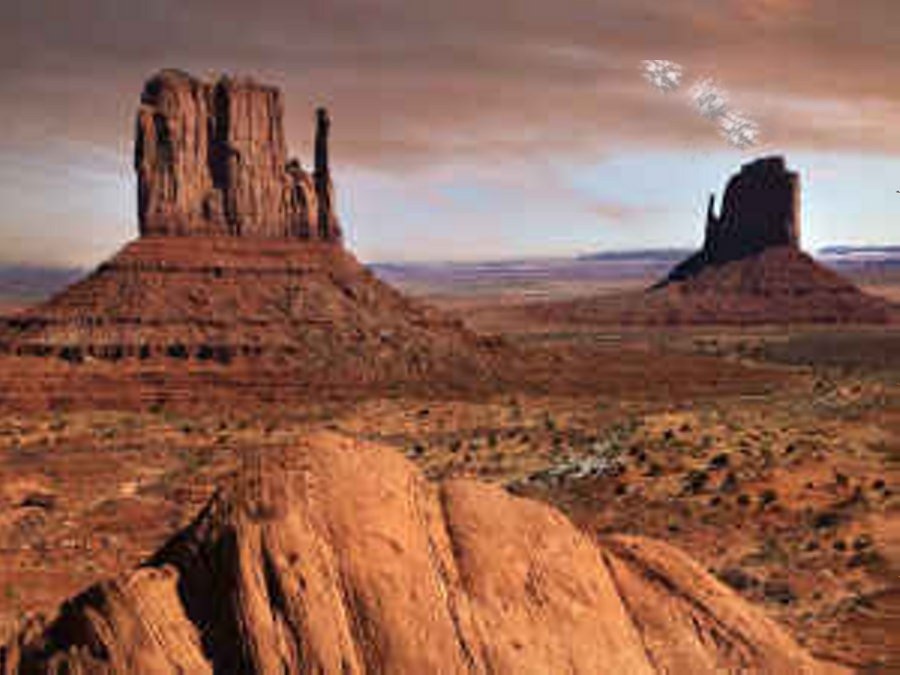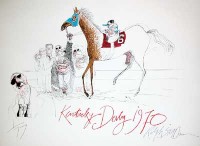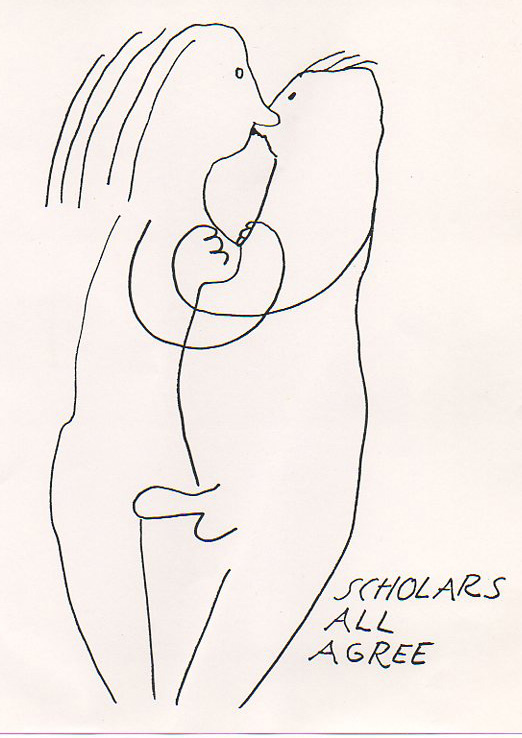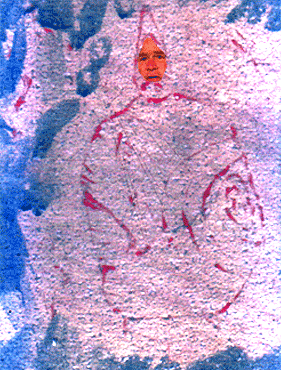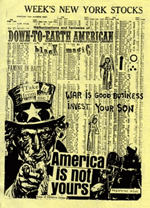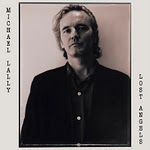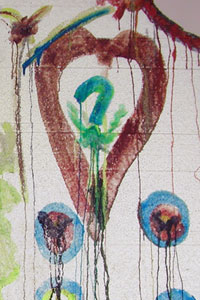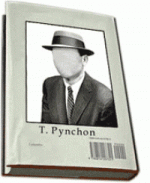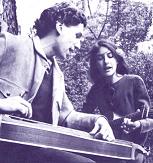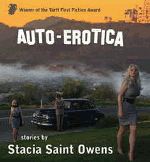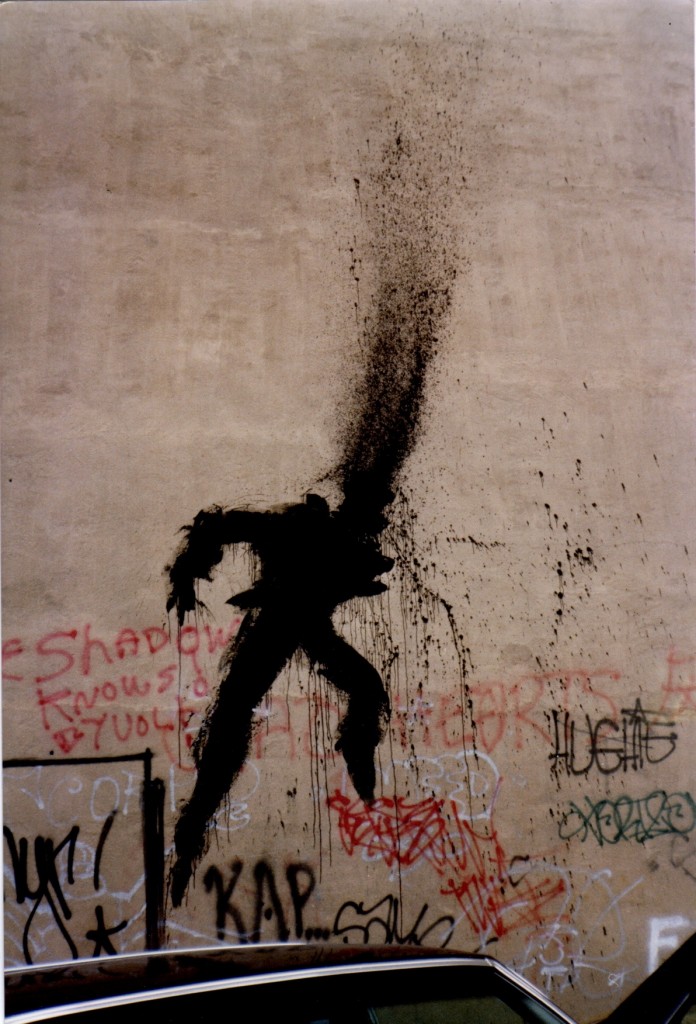an excerpt from Alan Greenberg’s
EVERY NIGHT THE TREES DISAPPEAR
Werner Herzog and the Making of “Heart of Glass”
EVERY NIGHT THE TREES DISAPPEAR
Werner Herzog and the Making of “Heart of Glass”
It was April 1, and Herzog was ready to head for Switzerland and the work in Via Mala. There he would shoot the opening images for “Heart of Glass”, which he said would be the film’s turning point.
A letter waited in the red box hanging from the iron gate in front of his house. It had been mailed from New York City on the twenty-seventh of March. The plain white envelope contained two slips of paper. The first was a handwritten note that read:
PLEASE GIVE THE ENCLOSED LETTER TO
WERNER HERZOG
The second was a facsimile of a message inscribed by the same hand, on legal paper. It read:
HERZOG—
UPON YOU HAS BEEN PLACED THE ONUS OF
SECURING THE TIMELY RELEASE OF BRUNO
S., AND OF HOMBRECITO. UNTO YOU HAS BEEN
GIVEN THE OPPORTUNITY TO REDEEM YOUR
PEOPLE, AND HELP RESTORE THEIR LOST GRACE.
THERE IS NOT MUCH TIME. THE FAMILIARES OF
BRUNO S. ARE GATHERING IN THEIR AQUELLARE,
AT THE PRADO DE CABRON. THE INCANTATIONS
OF OYAMBURU HAVE BEEN COMMENCED, AND
GAIDHEAL ANNATHAIR HAS BEEN INVOKED
AGAINST NAIMHDEAS.
Following this were four additional lines of text, penned in an imaginary language or code. The message closed with the inscription “NAUJSOIDNEAREPSE.” Translated from the backwards Spanish it read, “HOPE IN GOD JOHN”. Herzog was mystified by the message and its sender. Every letter of every word written on the paper had been rendered with a particular care.
Herzog walked to his white van and jumped in. He folded the message into its envelope and tucked it inside the glove compartment, under the knife. After fixing the side view mirror, Herzog turned the ignition key to the right, shifted gears and drove away.
His destination was Thusis, a small Swiss Alpine town just down the road from the crack in the earth called Via Mala. A faceless place, Thusis was mainly a ski resort and the site of a Swiss infantry training base. The hotel was a cozy one, with a slender black dog prowling around. A likeness of Via Mala was painted on the front wall downstairs. Herzog liked the hotel because of the painting, and he planned to spend his nights there after the daily shooting in Via Mala.
Before leaving Munich, Herzog had been having some disquieting fears about Thusis. The fears were not so much about the town, in fact, but about a road sign posted on the edge of the town. The sign was blue, and said “Thusis”. Whenever it entered his mind the sign would grip him somehow, and often shake him into a state of terror. At times he would awake in bed trembling, and he had begun to dread the idea of reaching this sign on the edge of the town.
Hours elapsed, and all the discouraged German settlements drifted by. The engine droned deliriously to the rear as the white van climbed quietly. Twilight jiggled the mountain shadows. Herzog looked outside, and saw a yellow house sitting on the bottom of a grey valley.
As he passed the village of Lustenau, then Buchs, Herzog pictured the sign that said “Thusis”, and realized he’d be seeing it in no time. The image started to jerk about in his mind, and then a violent fright set in. Herzog pressed his eye to the slanting road. He held the wheel firmly; he thought to go back. The panic slipped out of control. The town of Cazis flew by.
Herzog turned the van over to the roadside shoulder and jumped out. He ran through some witchgrass into a frozen field as the fear continued to swirl like swarming butterflies about his skull. He slowed to a walk. He stopped, then returned to the van. The sign awaited a thousand meters ahead. “Thusis”, it said. The butterflies were gone. The awful fear remained.
One week later, a crowd gathered in the Herzog home, and a dinner of pork and potatoes was served. Present in the cramped kitchen were the film’s two cameramen, the lighting man Huck, the script girl Regina, the director’s wife Martje, their four-year-old boy Burro, and Herzog’s mother, Elizabeth, who handled the cooking. After some time had passed, Herzog sat in a corner by the tape machine and played a very sacred music, Vivaldi’s Stabat Mater. Then he told me what had happened to him near Thusis.
“What should I do?” he begged, of no one. “I don’t think it’s very healthy.”
The crew members were caught helplessly off guard. In the embarrassed hush, Herzog lowered his head.
“This will come to a bad end,” he said.
Everyone finished eating and began to get soft with wine. The sad, majestic music stilled the air. As the cameramen and the lighting man Huck listened to it they grew self-conscious, and started to laugh. Then they left to go dancing at a disco.
Concerned for Herzog’s wellness, the script girl Regina departed moments later. She rushed out the door and stopped by a wall across the way. On the other side of the wall, the sound of someone digging a hole in the ground could be heard. The man began to speak. The vexed woman strained to hear what he was saying, but the voice was low and the words unintelligible. He continued to shovel the dirt as she hurried home.
The Scenario: A Summary of “Heart of Glass”
The inventor of Ruby glass has died with his secret. After a master glassblower’s unsucessful effort to produce this magical glass, the owner of the glass factory tries to find the secret by scouring old books, but to no avail. Next he sends for the shepherd Hias, who is known for his prophetic gifts. The factory owner presses Hias for the precious information, but he fails to get it.
Madness speaks out of the factory owner when he proclaims that he is in possession of the secret. The people willingly believe him, for among the glassblowers madness is rampant.
The factory owner determines that the blood of a virgin is essential to the formula for Ruby glass. He stabs his servant girl—Hias’ girlfriend—in a ritual acompanied by music of the harp. As always he is aided by his aged servant, Adalbert.
Meanwhile, a euphoric celebration ensues at the inn. Hias is haunted by a vision of the future that breaks out of him. As long as the vision lasts, nothing at all can interrupt it. Although the Fool dances naked on his table, and the glass factory erupts in flames by the hand of the factory owner himself, and the news of his girlfriend’s gruesome murder arrives, Hias’ vision unfolds intact.
The glassblowers search for a culprit, and they mistake the prediction of evil with its origin. Hias is delivered up to justice.
| Contributing Editor, Alan Greenberg is a writer-photographer-screenwriter-filmmaker, whose work includes HEART OF GLASS (which Rolling Stone called “The best book on the making of a film ever written”), LAND OF LOOK BEHIND (an award winning documentary centered around Rastafarian culture in Jamaica during Bob Marley’s funeral) and LOVE IN VAIN (the story of legendary king of the Delta bluesmen Robert Johnson, which was the first unproduced screenplay ever published by a major house as literature. In the near future Smoke Signals, will premier his long hidden feature film, the dark comedy, LIVING DREAMS. The University of Chicago Press will publish EVERY NIGHT THE TREES DISAPPEAR in the spring of 2012. |

